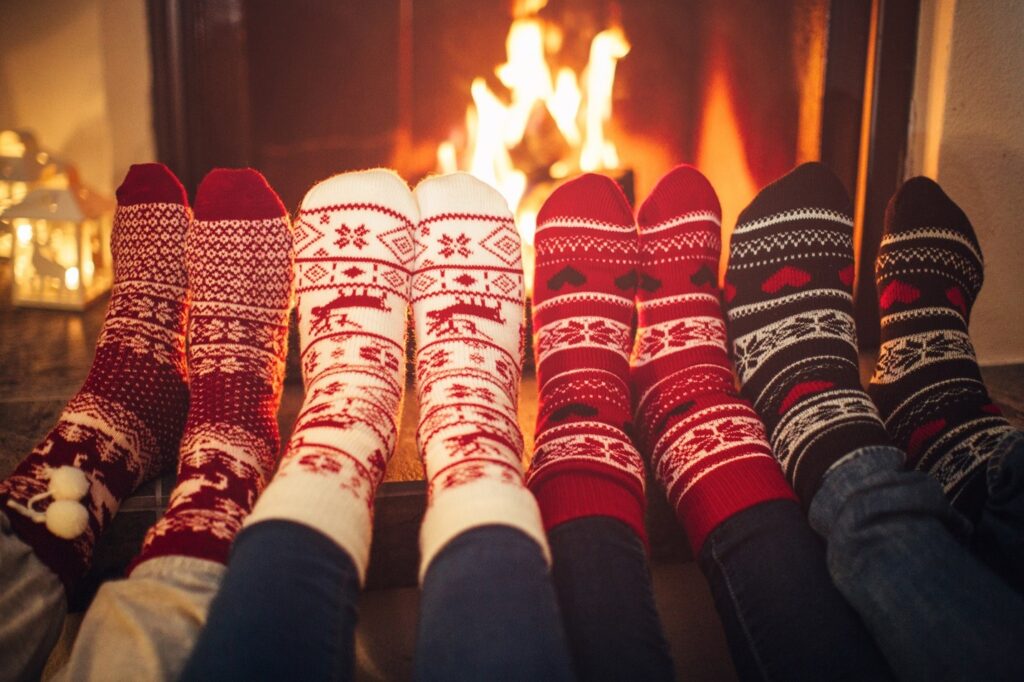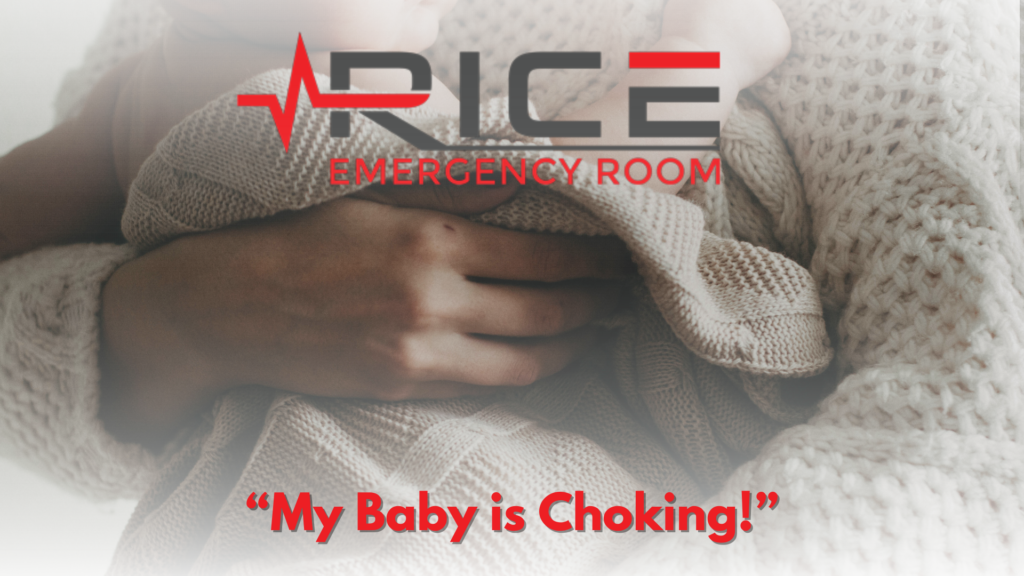Holiday fire safety tips isn’t something that is top of mind during festivities. The holiday season is a time for joy, celebration, and creating lasting memories with family and friends. As we deck the halls and celebrate, it’s crucial to prioritize safety, especially regarding fire prevention. According to the U.S. Fire Administration (USFA) and the American Red Cross, the risk of home fires increases during the holiday season due to various factors. Let’s explore some essential holiday fire safety tips to ensure your holiday festivities remain safe from fire.
Christmas Tree Safety
The centerpiece of many holiday homes, the Christmas tree brings joy and warmth. However, it can also pose a fire hazard if not handled carefully. Start by selecting a fresh tree with vibrant, green needles. Once you’ve chosen the perfect tree, hydrate it by regularly watering the base. A dry tree is significantly more flammable, so maintaining its moisture is crucial.
Position your tree away from heat sources, such as fireplaces, radiators, and heat vents. Ensure it does not obstruct doorways or exits, providing a clear path in an emergency. Additionally, use non-flammable decorations and lights, specifically those labeled for indoor use. Inspect lights for any signs of damage, such as frayed wires or broken sockets, and replace them immediately.
When it’s time to say goodbye to your Christmas tree, please don’t leave it in the house or garage. Many communities offer tree recycling programs, turning them into mulch or compost. Never burn a dry tree in your fireplace; it can lead to a rapid and uncontrollable fire. (NIST, 2022)
Proper Use of Decorations
Decorating our homes is a cherished holiday tradition, but it’s essential to do so with safety in mind. Choose flame-resistant or flame-retardant decorations whenever possible. These materials are less likely to catch fire and can help prevent the rapid spread of flames.
Be cautious when using candles as part of your holiday decor. Keep them at least 12 inches away from anything that can burn, such as curtains, furniture, or decorations. Consider using battery-operated flameless candles, which provide the same warm glow without the fire risk.
Inspect your holiday lights before hanging them, looking for any signs of wear or damage. Replace any faulty bulbs or strands, and never overload electrical outlets. Use extension cords sparingly and follow the manufacturer’s guidelines for safe use. Turn off decorative lights when leaving the house or going to bed to reduce the risk of electrical fires. (American Red Cross, 2020)
Precautions in the Kitchen
The holiday season often involves extensive cooking and baking. While the aroma of baked treats fills the air, it’s crucial to remain vigilant in the kitchen. According to the National Fire Protection Association (NFPA), cooking is the leading cause of home fires, and the risk escalates during the holiday season.
Never leave cooking food unattended, especially when using the stovetop. Keep flammable items away from open flames and hot surfaces, such as dish towels and oven mitts. If deep-frying a holiday turkey, do so outdoors and away from structures. Follow the manufacturer’s instructions for the fryer and monitor the temperature closely.
However, in the case of a stovetop fire:
- Keep a lid nearby to smother flames.
- Turn off the heat for oven fires and keep the oven door closed until the fire is extinguished.
- Ensure that your smoke alarms are in working order, providing an early warning in case of any fire-related incidents.
(Yahoo!)
Precautions with Heating Appliances
As temperatures drop, many households rely on heating appliances to stay warm. Taking precautions is crucial, whether it’s a fireplace, space heater, or central heating system.
Keep flammable materials, such as curtains and furniture, safe from heating sources.
If you’re using a fireplace, have the chimney inspected and cleaned annually to reduce the risk of chimney fires. Use a sturdy screen to prevent embers from escaping and igniting nearby items. Never leave a fireplace unattended while it’s still burning.
When using space heaters, place them on a level, non-flammable surface and keep them at least three feet away from anything that can burn. Turn off space heaters before leaving the room or going to sleep, and never use an extension cord with a space heater. (Nfpa.org)
When to go to the ER
In case of fire-related incidents, promptly seek emergency medical care for burns. Watch for signs like smoke inhalation (difficulty breathing, persistent coughing), carbon monoxide poisoning (headache, nausea), respiratory distress (rapid breathing, chest pain), trauma injuries (severe bleeding, loss of consciousness), eye injuries (pain, blurred vision), and inhalation of harmful chemicals (difficulty breathing, chemical burns). Call 911 immediately and avoid self-transport to ensure professional assistance.
Prioritize safety and act swiftly when observing concerning symptoms to address potential injuries from fire-related emergencies, remember that caution goes a long way in preventing potential fire hazards during the Holidays!
Here’s wishing you a happy and safe holiday season!
Works Cited
NIST. “Holiday Fire Safety.” NIST, 13 Dec. 2022,
www.nist.gov/fire/holiday-fire-safety.
American Red Cross. “Home for the Holidays: 7 Ways to Decorate Safely.” American Red Cross,
Yahoo! “Fire-Safety Tips for the Holidays: How to Decorate, Celebrate and Avoid Tragedy.” Yahoo!,
www.yahoo.com/now/fire-safety-tips-holidays-decorate-202806745.html?guccounter=1.
Nfpa.org. Nfpa.Org, www.nfpa.org/education-and-research/home-fire-safety/cooking?l=1077.




